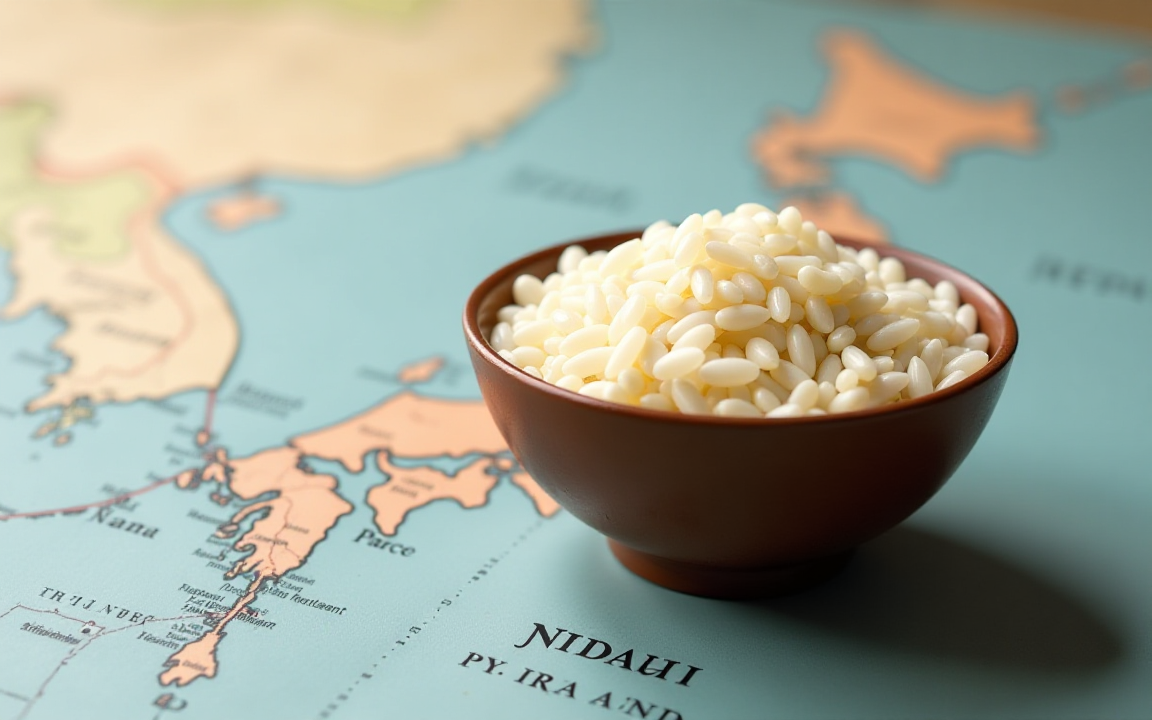Japan’s rice prices are facing their most severe shock in more than half a century, with costs more than doubling over the past year.
The crisis is exposing structural flaws in the agricultural system and fueling voter unrest ahead of key elections.
Data from Japan’s statistics bureau show that rice prices in May soared 101.7% year-on-year, the sharpest annual rise in over 50 years.
The jump follows a 98.4% increase in April and a 92.1% spike in March, reflecting a steady deterioration in supply and intensifying demand pressure.
The soaring costs are placing a heavy burden on Japanese households.
According to the Lowy Institute, the average price for a five-kilogram bag of rice rose to ¥4,268 (US$29.90) in May, up from ¥2,228 (US$15.60) a year earlier.
For families consuming 20 kilograms per month, that translates into an additional annual outlay of nearly ¥98,000 (US$687).
This is a daunting figure in a country where over 30% of households earned less than ¥3 million (US$21,032) in 2022.
In recent months, the the government in Japan has tried to release rice from its emergency stockpile to tackle the doubling of prices.
Earlier this month, it said it will release another 200,000 metric tons of rice, but more structural issues seem to be at play here.
Why has rice become so costly in Japan?
Japan’s deepening rice crisis stems from multiple converging factors.
A record-breaking heatwave in 2023 diminished crop yields, and widespread stink bug damage further compromised quality and volume.
Meanwhile, an earthquake warning in August last year triggered panic buying and household stockpiling of rice, compounding scarcity in retail markets.
The situation is further complicated by a global wheat shortage linked to the ongoing Russia–Ukraine war.
With wheat prices surging, many consumers in Japan have turned to rice as a more affordable alternative, inadvertently driving up demand and further fueling the sharp rise in Japan’s rice prices
Simultaneously, fertilizer costs — also impacted by the conflict — have risen over 30% in the past five years, squeezing farmers already operating on narrow margins.
“One is panic buying due to rumours of a mega-earthquake,” Tim Harcourt, chief economist at the University of Technology Sydney told Al Jazeera.
“Two is the shortage of wheat due to the Russia-Ukraine war causing a substitute of wheat for rice. And three, is the revival in tourism to Japan and a booming hospitality sector increasing demand for rice,” he said.
Small-scale farming structure under pressure
Japan’s rice production model has long relied on small-scale farmers.
As of 2024, nearly two-thirds of rice farmers cultivate less than one hectare of land, according to agricultural census data.
Yet large-scale farmers are needed to sustain production.
In 2020, for example, 16% of rice farmers cultivated more than three hectares, accounting for 70% of the total cultivated area.
Efforts to expand farmland consolidation have had limited success.
Between 2010 and 2020, the number of farmers cultivating over 15 hectares grew by 83%, from 6,654 to 12,194.
But experts say this remains insufficient to secure stable long-term supply.
The Mitsubishi Research Institute has urged a policy overhaul.
“Scaling up of rice farmers through farmland accumulation has begun to reach its limits,” the institute noted, adding that creating sustainable economic incentives for rice farming is essential amid growing climate volatility.
Broader inflation woes compound the crisis
Japan’s broader inflationary pressures are compounding the crisis.
The country’s core inflation rate — which excludes fresh food — climbed to 3.7% in May, its highest since January 2023 and above economists’ expectations.
Despite Japan’s long-standing policy of shielding its rice market with high import tariffs, the spike in domestic prices has forced some consumers and restaurants to turn to imported rice.
This shift, while gradual, has raised concerns about the country’s food self-sufficiency and the long-term viability of its protected agricultural market.
Will the rice crisis become a political crisis for Ishiba?
For Ishiba’s government, the crisis could not have come at a worse time.
A parliamentary upper house election is due next month, and public support for his administration has already sunk to its lowest level since he took office in October.
The surge in food costs — especially for something as symbolically and culturally significant as rice — risks eroding voter trust.
“We don’t know why we haven’t been able to push prices lower,” Ishiba told parliament in May.
“We first will figure out exactly how much rice there is and where it is.”
Grassroots pressure is building. Advocacy groups like Save the Children Japan have reported that nearly a third of low-income families surveyed are reducing rice consumption due to affordability issues.
“Rice is the cherished staple in Japan, so an economic crisis automatically becomes a political one,” Harcourt said.
Uncertain path
While policymakers have acknowledged the seriousness of the issue, clear solutions remain elusive.
Market interventions to stabilize prices would need to be paired with long-term reforms in agricultural structure, climate adaptation, and production incentives.
In the meantime, households are cutting back, restaurants are adapting menus, and imports are quietly rising — all signs of a fundamental shift in how Japan may approach its most essential food in the years ahead.
If left unaddressed, the “rice crisis” may become not just an economic and agricultural challenge, but a defining political issue in the months to come.
The post Japan’s rice price surge: what’s driving it and why it could spark a political crisis appeared first on Invezz

